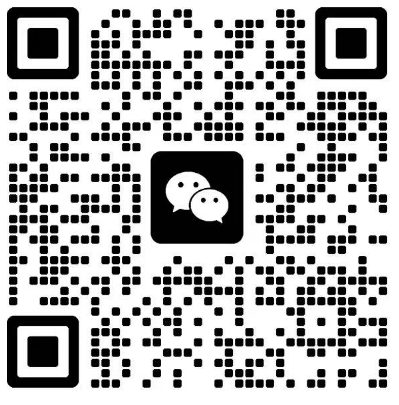
The Enigma of Browser-Based Translation in English Exams
In the digital age, the lines between language barriers and seamless communication have blurred, thanks to the marvels of technology. One such innovation that has sparked a revolution in the world of education is the use of browser-based translation tools during English exams. This article delves into the intriguing world of these tools, exploring their impact, challenges, and the curious minds that rely on them.
The Alluring Promise of Instant Translation
Imagine sitting for an English exam, faced with a passage that seems like a labyrinth of foreign words. Suddenly, a glimmer of hope appears in the form of a browser-based translation tool. The promise of instant translation is like a beacon in the dark, offering a shortcut to understanding the text. It's a tantalizing offer, one that has become increasingly popular among students worldwide.
The Digital Linguistic Alchemist
Browser-based translation tools, often powered by sophisticated algorithms, act as digital linguistic alchemists. They take the raw text and transform it into comprehensible English, sometimes with a touch of magic. These tools, such as Google Translate and DeepL, have become the modern saviors for those who struggle with language barriers. However, the question remains: how reliable are these digital translators?
The Fine Line Between Assistance and Cheating
The use of browser-based translation tools during English exams is a double-edged sword. While they offer invaluable assistance, they also raise ethical concerns. The fine line between using these tools for legitimate educational purposes and resorting to cheating is a topic of much debate. Educators argue that such tools undermine the integrity of the exam process, while students claim that they merely provide a level playing field.
The Quest for Accuracy
One of the most pressing challenges of browser-based translation tools is their accuracy. While these tools have come a long way, they are still prone to errors. A single mistranslated word can change the entire meaning of a sentence, leading to misunderstandings and misinterpretations. This quest for accuracy is a never-ending journey, with developers constantly striving to improve the algorithms that power these tools.
The Cultural DilemmaTranslation is not just about converting words from one language to another; it's also about preserving the cultural nuances and context. Browser-based translation tools often struggle with this cultural dilemma, as they may not fully grasp the subtleties of language and culture. This can lead to awkward or inappropriate translations, which can be a source of embarrassment or offense.
The Future of Browser-Based Translation
As technology continues to evolve, the future of browser-based translation looks promising. With advancements in artificial intelligence and machine learning, these tools are expected to become even more accurate and reliable. However, it remains to be seen how these tools will be integrated into the educational system, and whether they will be allowed to coexist with the traditional methods of learning.
The Final Verdict
In conclusion, the use of browser-based translation tools during English exams is a topic that evokes a mix of excitement and skepticism. While these tools offer a convenient way to overcome language barriers, they also raise questions about their reliability, ethical implications, and cultural impact. As we navigate this digital landscape, it is crucial to strike a balance between embracing technological advancements and upholding the integrity of the educational process. The future of browser-based translation in English exams will undoubtedly be shaped by the collective efforts of educators, developers, and students alike.





